Overwatch 2 developer Blizzard Entertainment is implementing a new strategy it’s calling Defense Matrix to combat all forms of “disruptive behavior” in the game, including toxicity, cheating, and more.
The goal behind Defense Matrix is to improve on the framework laid by the original Overwatch by pushing the new game’s security and moderation measures in a direction that will both improve players’ experience in-game and ensure that competitive play remains fair for all. To ensure that these goals are met, Blizzard will be instituting a number of new and improved policies when the game launches on Oct. 4.
To play Overwatch 2, all players on all platforms will need to activate SMS Protect on their account. SMS Protect requires a player’s account to be connected to a phone number, a form of two-factor authentication. Besides making it easier to get your account back if it’s compromised, SMS Protect prevents players who’ve been banned for cheating or disruptive behavior from making another account—a phone number can only be associated with one Blizzard account, and VOIP numbers can’t be used to fulfill the requirement. This also means that players will not be able to have alternate or “smurf” accounts unless they have access to another phone number that can be used to create another account.
Overwatch 2 is also incorporating several in-game methods to cut down on cheating and toxicity. When a player is reported for voice chat toxicity, new systems will pull an audio recording from the relevant part of the match. The recording will then be transcribed and analyzed for disruptive language; afterward, both the recording and the transcription are deleted. This method relies on player reports, so Blizzard is strongly encouraging players to report toxic behavior as soon as it happens.
A few features from the first Overwatch are being removed in the name of reducing toxicity. Portrait borders that reflect player levels are being taken out entirely, as is the ability to see other players’ ranks on the pre-match screen in Competitive. Players will only be able to see enemies’ ranks on their profile, assuming it’s set to public. General chat, which players could access from the first Overwatch‘s main menu, is also being removed.
For players who want to encourage positivity or communicate on their own terms, there are a few options available. As previously detailed, there’s a new ping system available that can share essential information with teammates for those who can’t or don’t want to use voice chat. Endorsements are also making a return, allowing you to celebrate players who do the right thing. There will only be one endorsement category in Overwatch 2 rather than the three found in the previous game, and players will only be able to endorse allies.
With all of these procedures, Blizzard hopes to make Overwatch 2 a better place to be than the previous game, which was plagued with toxicity and disruptive behavior, especially in the later years of its life. Players will be able to see the difference when the game launches in early access on Oct. 4.


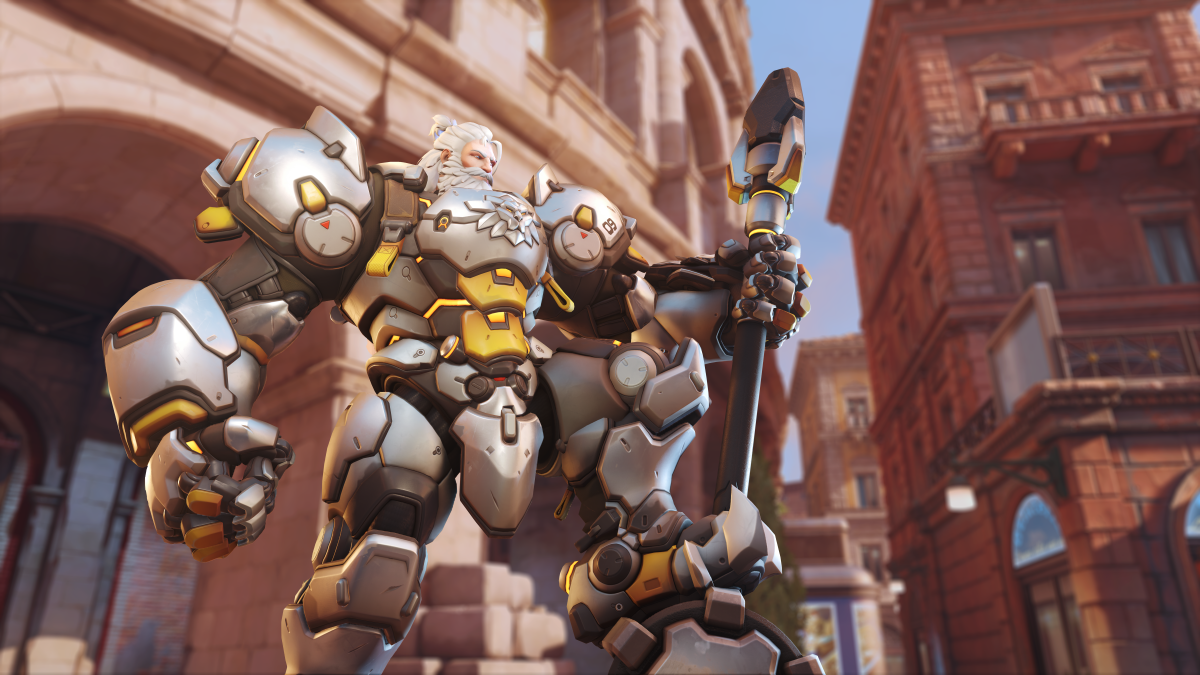
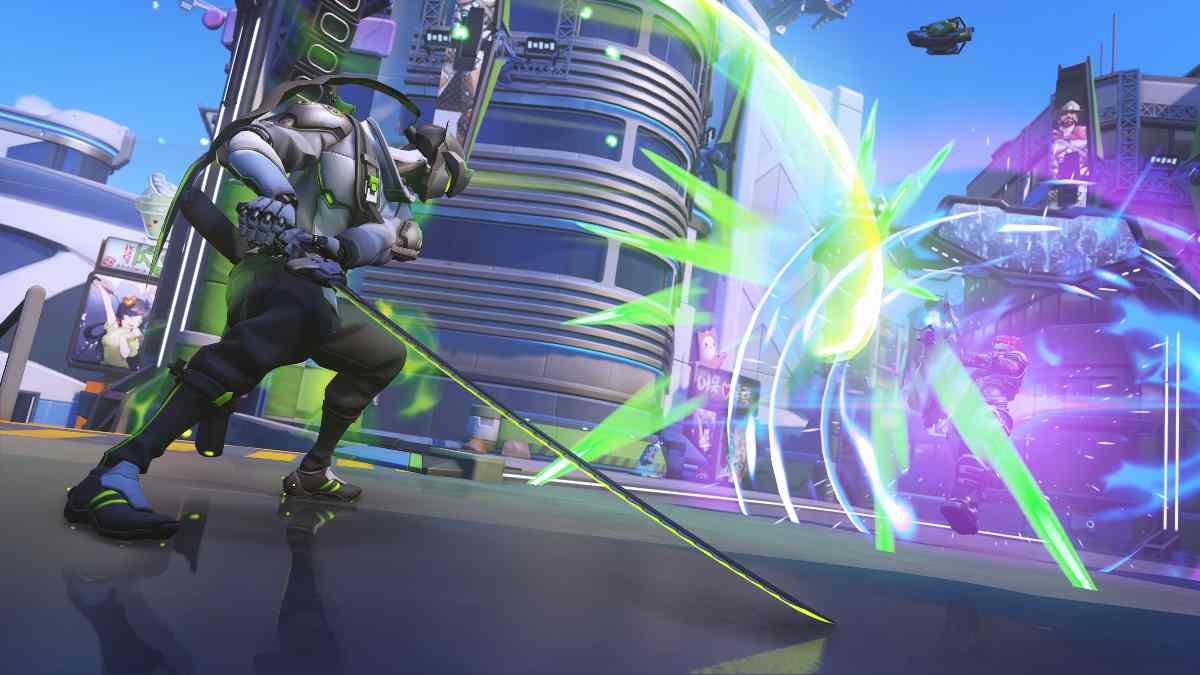
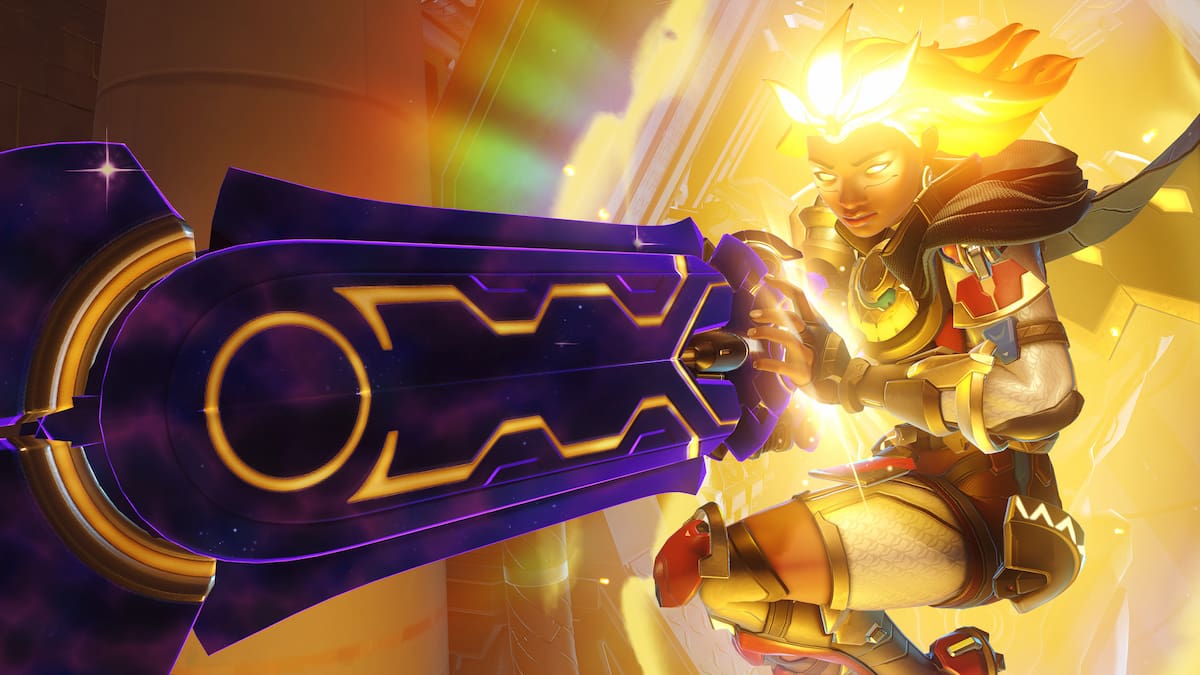
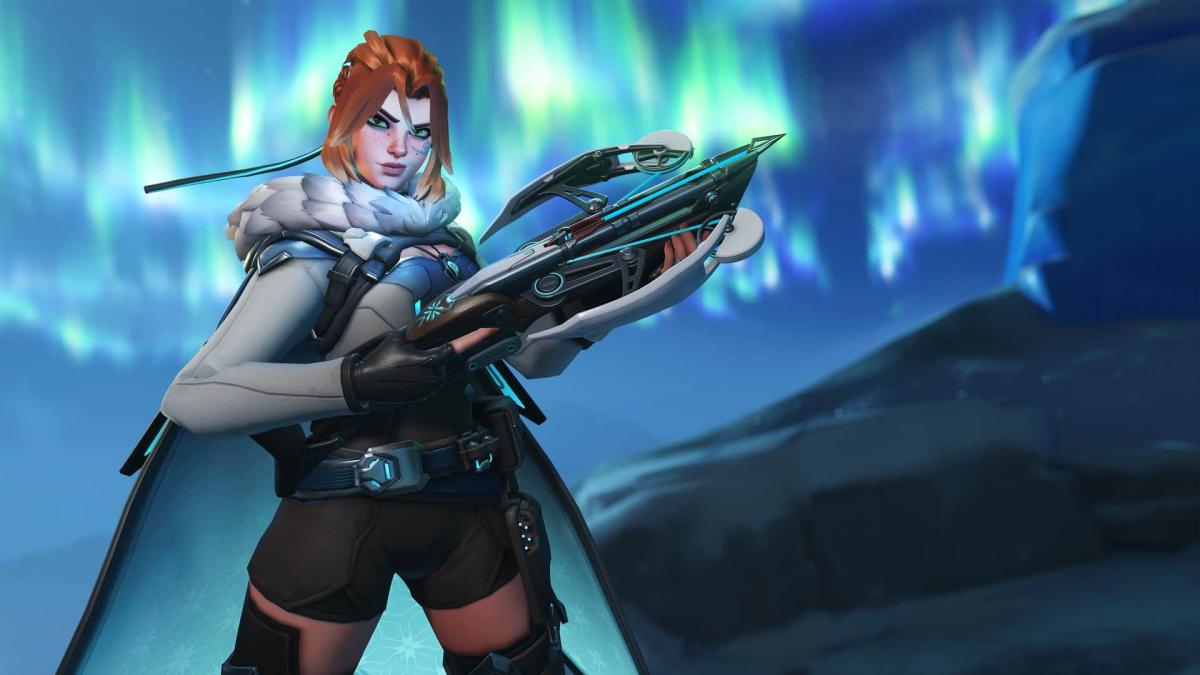


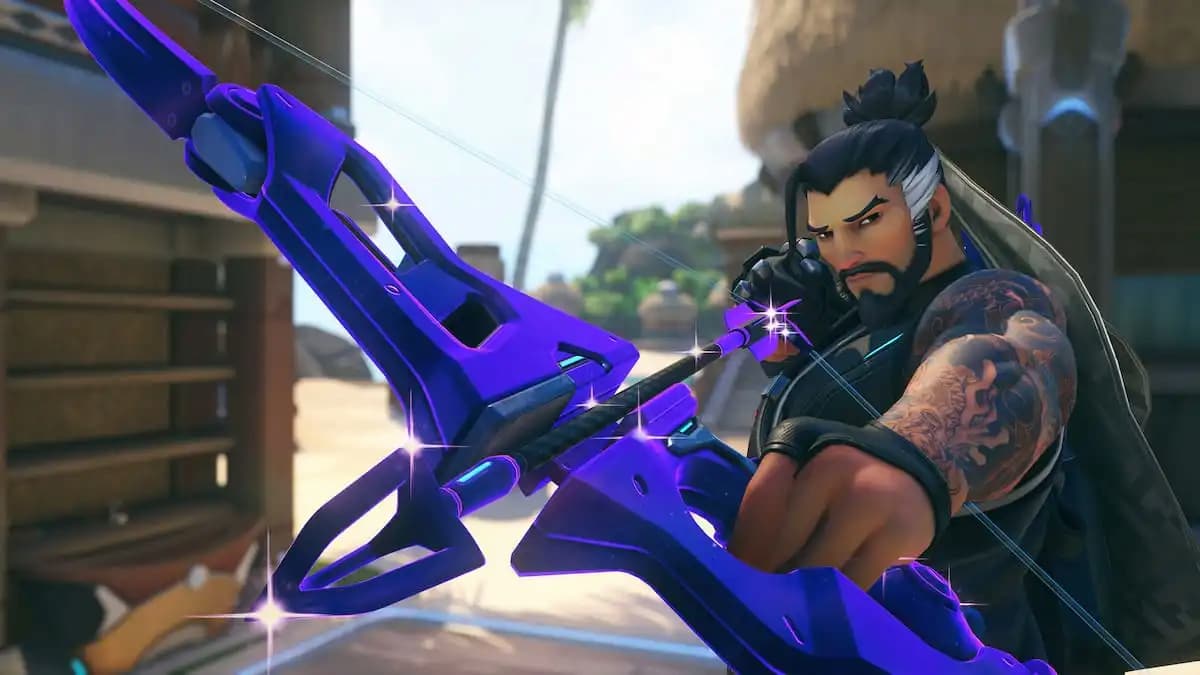

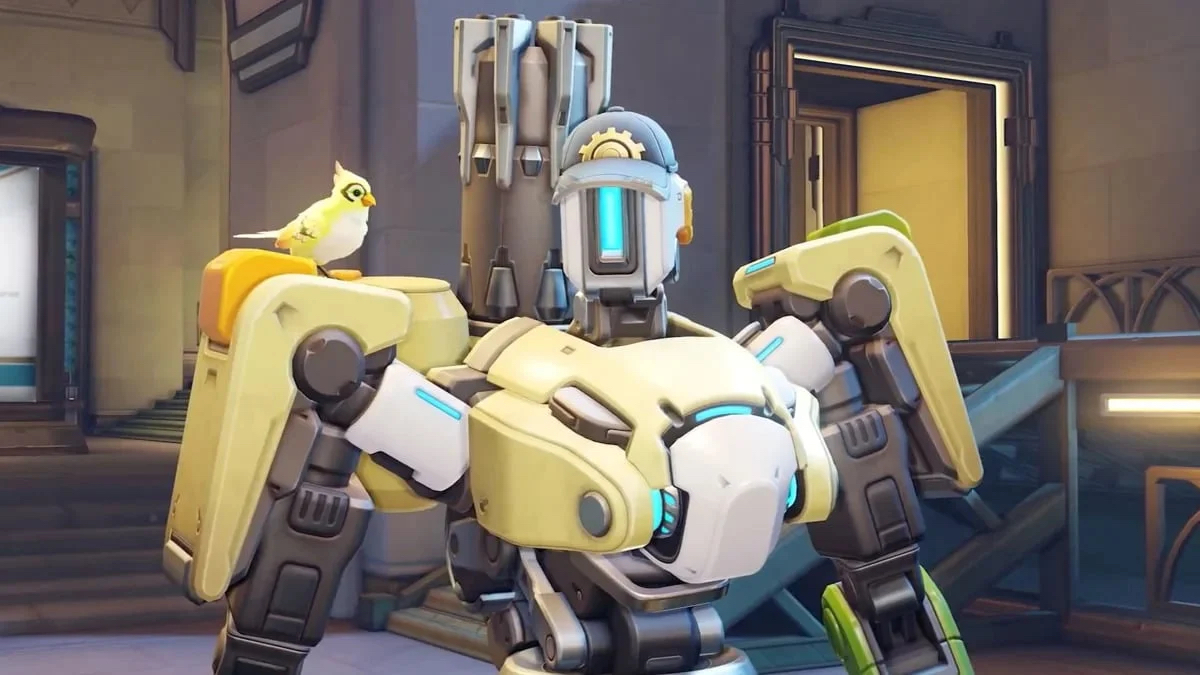
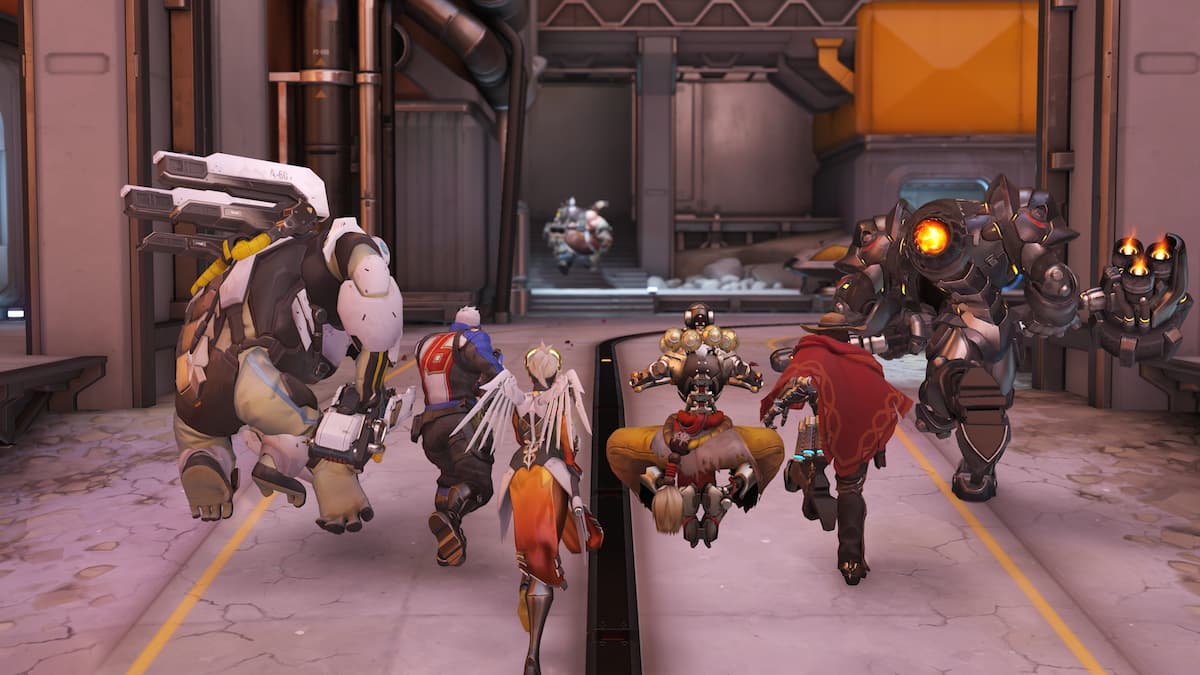
Published: Sep 27, 2022 12:00 pm